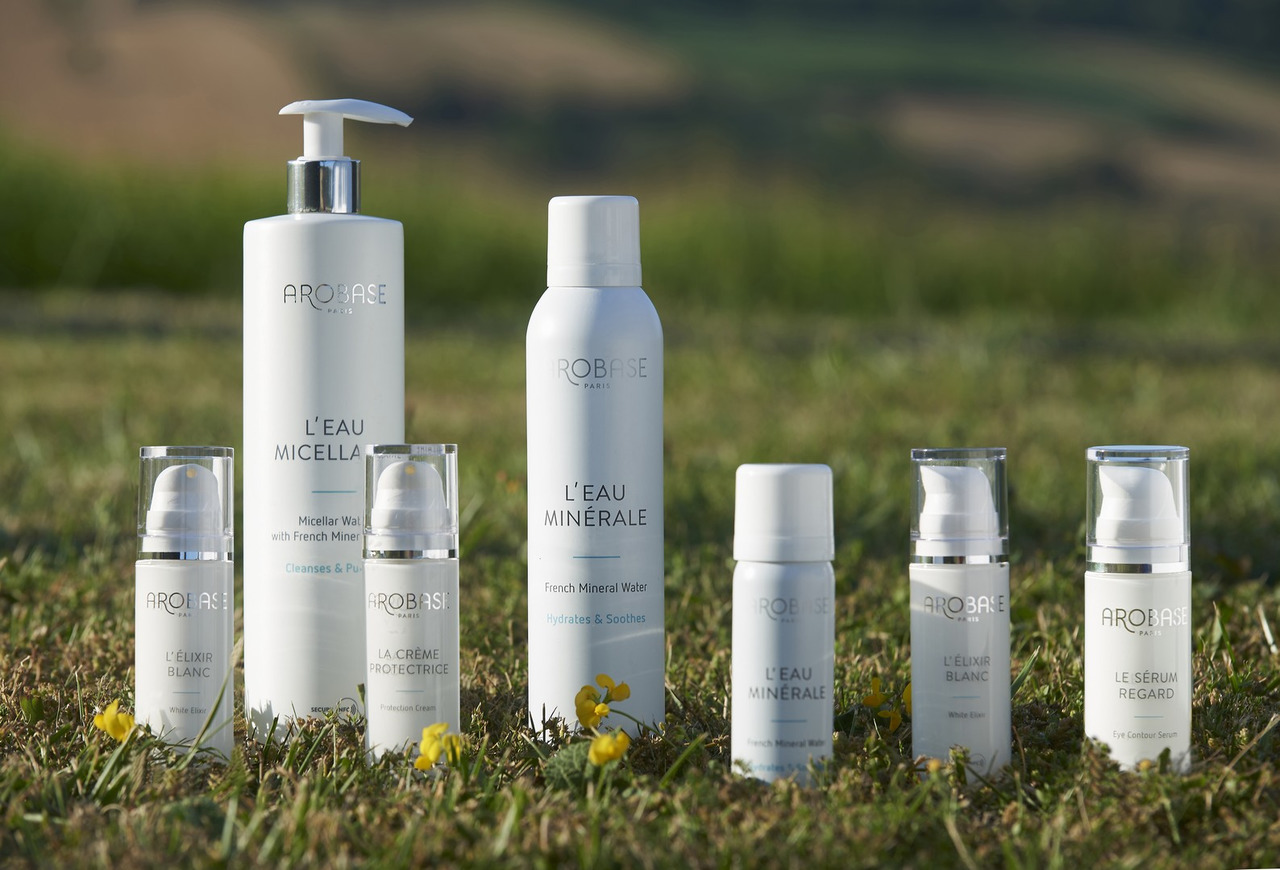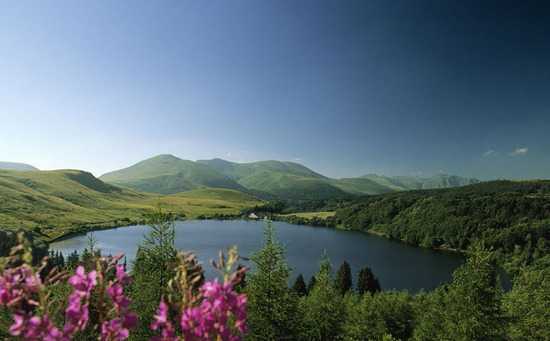
A unique spring, born from a preserved area: Auvergne with its thousand-year old volcanoes, part of UNESCO’s World Heritage.
With a high mineral content, Cosmauvergne thermal water was already appreciated by the Romans, committed fans of bathing, for its healing virtues. It allowed to cure fevers, rheumatism as well as to dress wounds. It was said that during times of plague, a statue of Sainte Marguerite had been found in the Allier River, explaining the fact that the terrible illness had never crossed the river and spared the Saint Maurice village.
In the middle of the 19th century, the Sainte-Marguerite-les-Bains spas welcomed the curious clients wanting to discover the healing properties of the water. The establishment met with a huge success, with bath cabins, steam treatments and hydrotherapeutic showers directly fed from the spring.
In 1965, the spas closed, but the spring continued to attract followers, a considerable number of whom, each year, still continue to benefit from this healing water
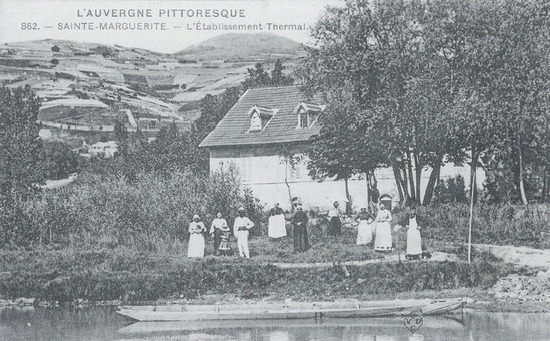
In 1947, the Doctor Jean Bruyère published a first document about the Sainte-Marguerite springs and the natural wealth of this thermo-mineral basin. His clinical observations verify the healing role played by the water on cardio-arterial complaints and on what was then called “cutaneo-mucous lesions”, such as eczema.
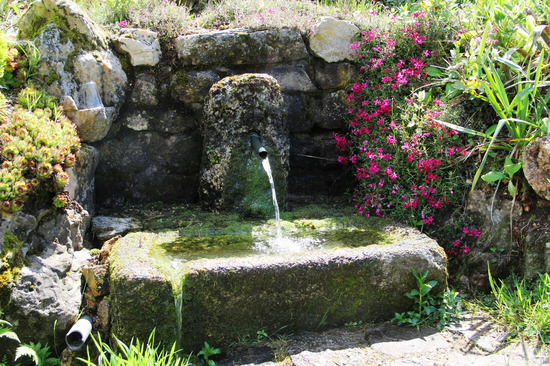
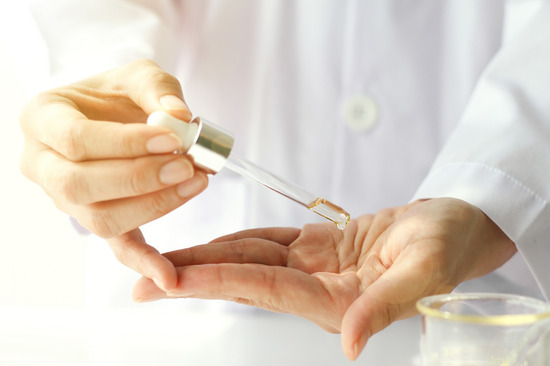
In 2016, while hiking, the Pharmacy Doctor Philippe Augier rediscovers the water and its healing properties. Local people inform him that it is well-known for the moisturizing film effect it leaves on the skin. A naturalist and lover of Auvergne, he is convinced by the healing properties of this volcanic environment, and dives into the study of this water.
